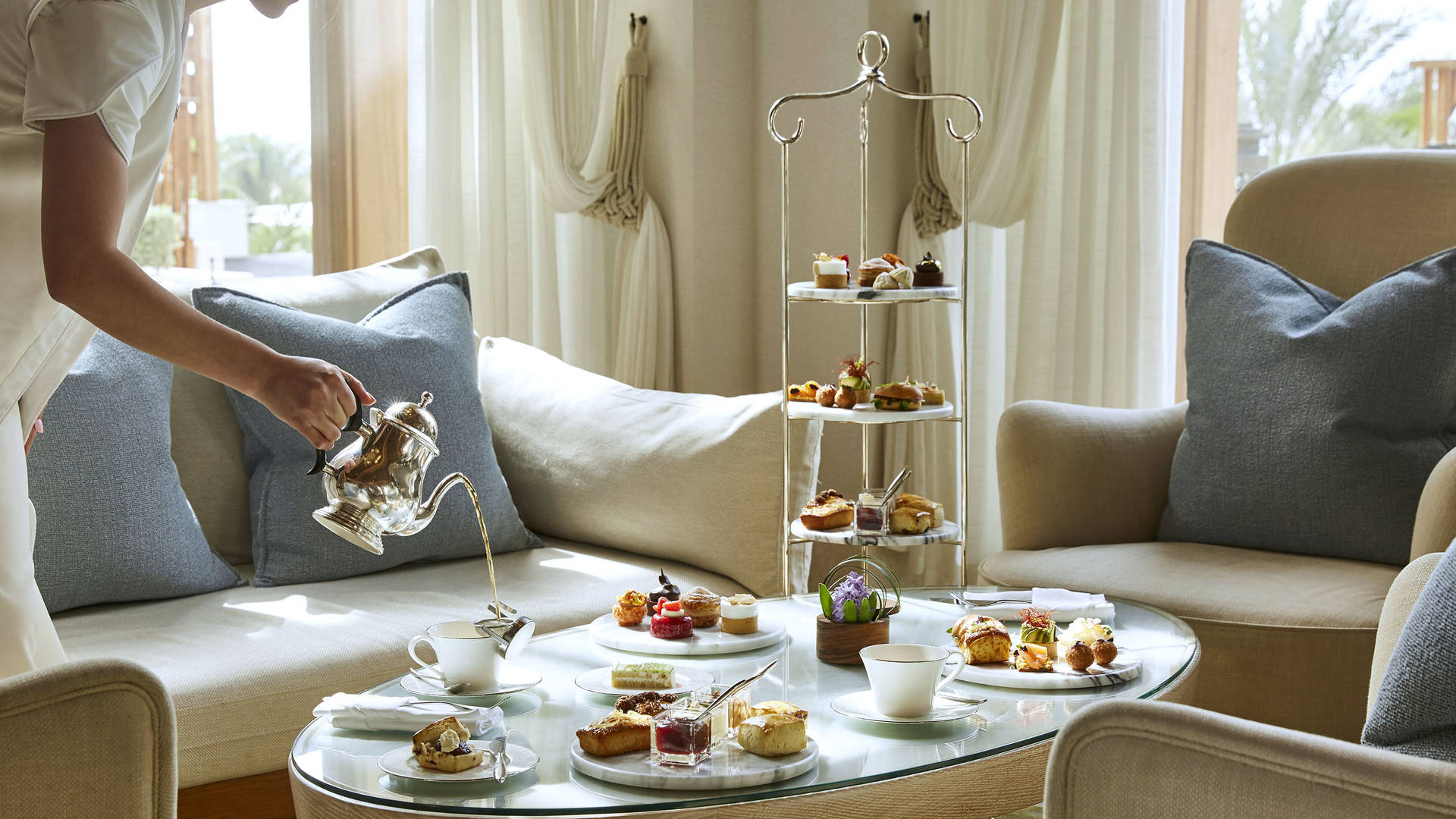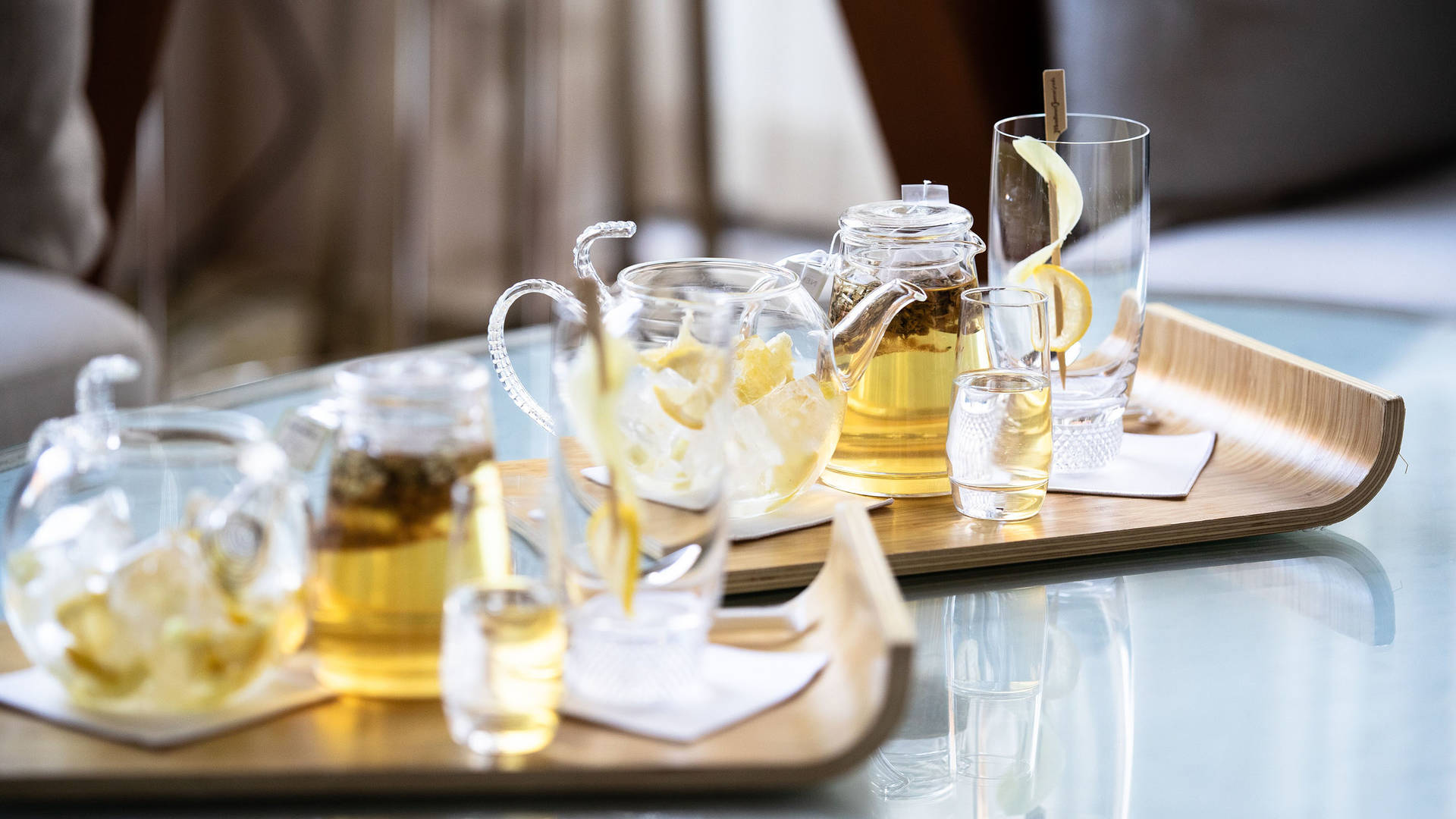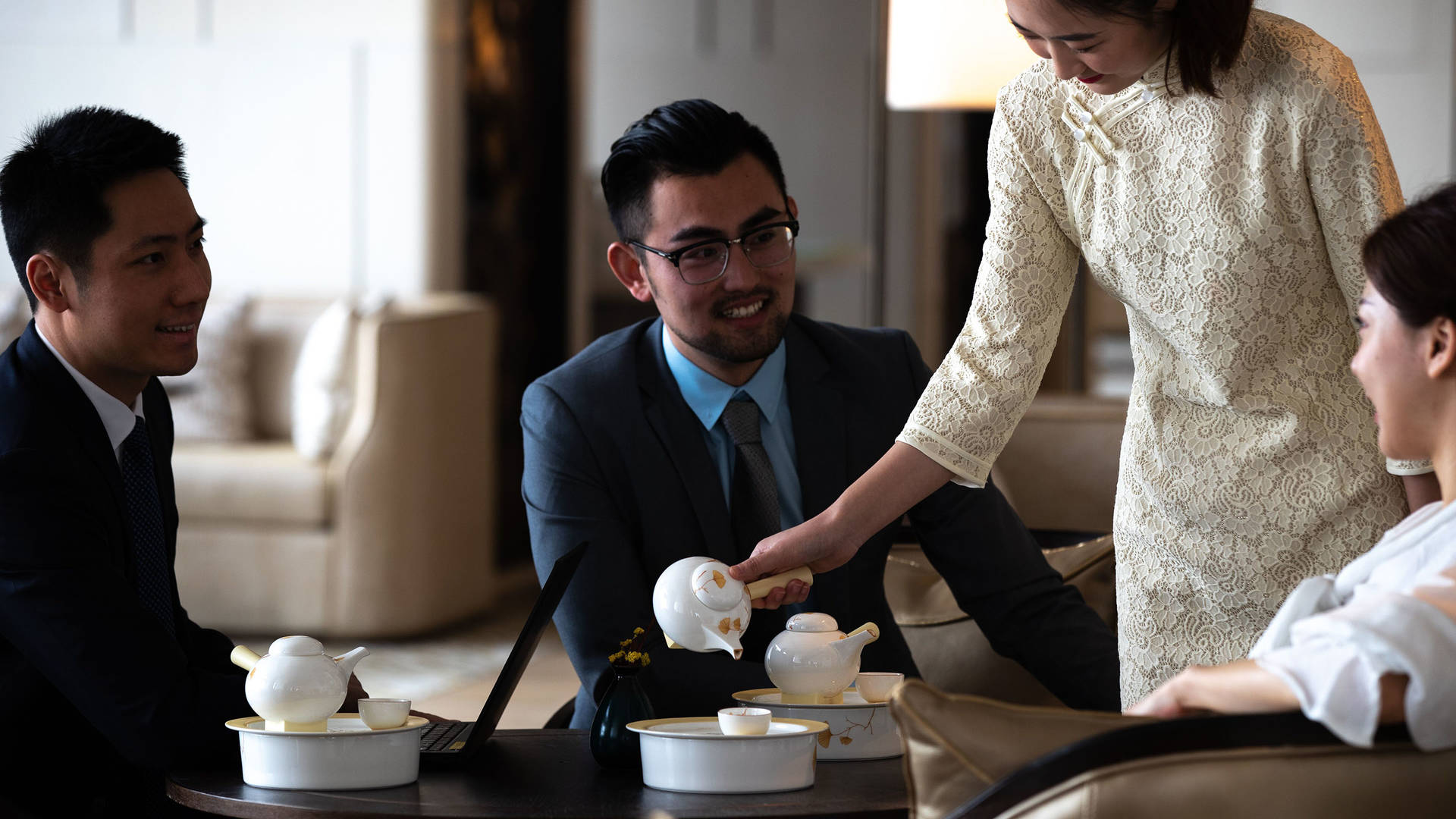Related posts
Wellness
A quick guide to mindfulness
Dining
Dinner with Michael
Family
Excite your taste buds with these refreshing mocktail recipes
Activity
Explore the world's finest museums from home
When leaves were first carried to Britain by the sea-faring vessels of the Dutch East India Company in the mid-1600s, drinking tea swiftly became a popular pastime among members of royalty and the wealthy upper classes. But it wasn’t until the 1840s that the tradition we know and love to today was invented.
It all started when Anna, the seventh Duchess of Bedford, decided to break up the wait between lunch and dinner with a light meal of delicate cucumber sandwiches and small cakes. As she increasingly asking friends and acquaintances to join her, what began as a secret ritual soon caught on and, before long, ‘taking tea’ was the most fashionable way for members of high society to spend their afternoons.

Sandwiches and scones: the British tradition
Assam tea sweetened with a spoonful of sugar, Earl Grey poured over a slice of lemon or caffeine-free camomile. Whatever variety you pick, tradition dictates that loose-leaf tea is brewed in a pot while an age-old superstition advises the drinker to add milk lest they risk being unlucky in love. Today, tea is sometimes served alongside champagne or a mocktail that’s made with freshly squeezed fruit juice, depending on the occasion.
As for the sandwiches, it's customary to nibble on fillings such as thinly sliced cucumber, egg mayonnaise or Coronation chicken, and to always follow the Duchess of Bedford’s request for them to be served with the crusts cut off. One element of an afternoon tea that’s most open to interpretation is how scones should be prepared – do you prefer to spread them with jam and then top with clotted cream, or the other way around? It might not sound that important, but it’s a debate that has persisted for centuries.
Remember, what might look like an intricate spread of cake stands, cups, saucers and small plates can actually be recreated quite easily at home – you can even cheat with a visit to your local bakery if you haven’t quite perfected your pastry skills.

Mint-infused Middle Eastern afternoon tea
The selection of sweet and savoury snacks that are served during afternoon tea means the tradition lends itself perfectly to a Middle Eastern interpretation. Expect to find smartly dressed servers pouring pots of mint-infused tea and freshly-ground Turkish coffee at the Ottoman-themed afternoon tea in the Sultan’s Lounge at Zabeel Saray, which is situated on Dubai’s Palm Jumeirah. Here, master pâtissier George Anachorlis’ Orange Blossom Financier and Pistachio Olive Oil Cake finish off a delicious menu of treats beautifully presented on tiered trays.
Just as lavish lounges across the UAE are now popular places to enjoy an Emirati afternoon tea while catching up with friends and family, more traditional British-style menus are also served. The experience of savouring scones topped with authentic Cornish clotted cream while sitting on the 27th floor of the towering Burj Al Arab would have been unimaginable in the Duchess of Bedford’s wildest dreams, but that’s exactly the kind of elegant experience being served at the Skyview Bar & Restaurant, alongside a glass of champagne of course.

